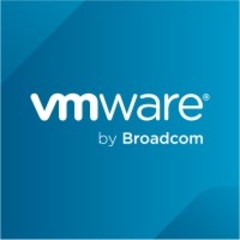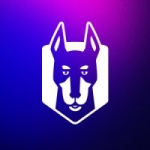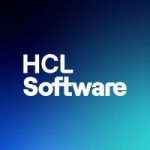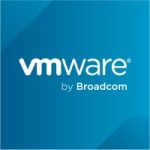What is most valuable?
The self-service portal, as well as the Orchestrator. They are important, because now, especially, I'm getting a lot of public cloud deployment. So the orchestration piece is really handy for day-to-day operations. I'm doing different item consultation management, as well as directly deployed in the public cloud. So those are the two most important features, they are very helpful.
Added features have improved it a lot recently in version 7.03, so you can deploy Azure VMs directly and you can do config management, or you can run scripts. It's really better than it used to be.
How has it helped my organization?
Starting from vRA 7, deployment, such as an upgrade. It's so simple, so easy, so interactive. In the past, we had to go through a bunch of operations, but now it's just one click and it can update the vRA client at the back end.
What needs improvement?
One thing I have seen, although it might just be my personal experience, it's the High Availability. I get a lot of requests and in two different models, the simple model and distributed. With distributed, installation is a pain. I have always gotten into errors when employing a distributed environment, which provides High Availability. So on that, improvements can be made so the process can go more smoothly.
Another thing that's not the best, during deployment, is if we have to integrate managing physical servers. Right now, it's limited to a mature VM environment only. Physical would be helpful.
For how long have I used the solution?
Buyer's Guide
VMware Aria Automation
September 2025
Learn what your peers think about VMware Aria Automation. Get advice and tips from experienced pros sharing their opinions. Updated: September 2025.
868,787 professionals have used our research since 2012.
What do I think about the stability of the solution?
No, it is definitely stable.
What do I think about the scalability of the solution?
It is scalable, I haven't see any problem. I haven't done much, but I know that the distributed model is highly scalable and I have deployed that. In the simple model, something like 10,000 operations simultaneously, which is more than enough for most people.
How are customer service and support?
I have called multiple times. I have been using this product for a while, in terms of deployment. I have managed some improvements as well. We are a big VMware partner shop, so we have provided feedback in a lot of processes.
I would rate them as nine out of 10. I don't want to give a 10 because nothing is perfect, but my experience has been really wonderful where the issues have been raised and have been addressed. I have gotten really good technical staff most of the time.
Which solution did I use previously and why did I switch?
We have tried Cisco UCS Director, which is an equivalent product and we had a hard time. They haven't matured at all. They have so many issues: bugs. We do a lot of deployment as VMware partners so we have done some deployments where the customer initially thought of going with UCS Director, then they changed their mind because of ongoing issues. Then, they finally went ahead with vRA.
How was the initial setup?
vRA setup now is pretty straightforward in a simple deployment. I do most of the functionality, then you just do service mainly. There was one time where I was working and I had to rip out the whole deployment, but I was able to rebuild the whole deployment within a day. That's pretty awesome.
It's very simple, in a very time efficient manner. It deploys the whole environment infrastructure.
Which other solutions did I evaluate?
UCS Director is the other main product I have used, but it's always vRA that I go to.
What other advice do I have?
From my experience, people think of a High Available, then they plan to deploy a distributed environment, but I don't see much value. Because if they've got a distributed environment, it gets complex and there are more issues and sometimes people run out of patience. So I advise: Go for a simple environment that does 99% of the workload, then, if needed, you can scale it.
Disclosure: My company has a business relationship with this vendor other than being a customer. Partner
















